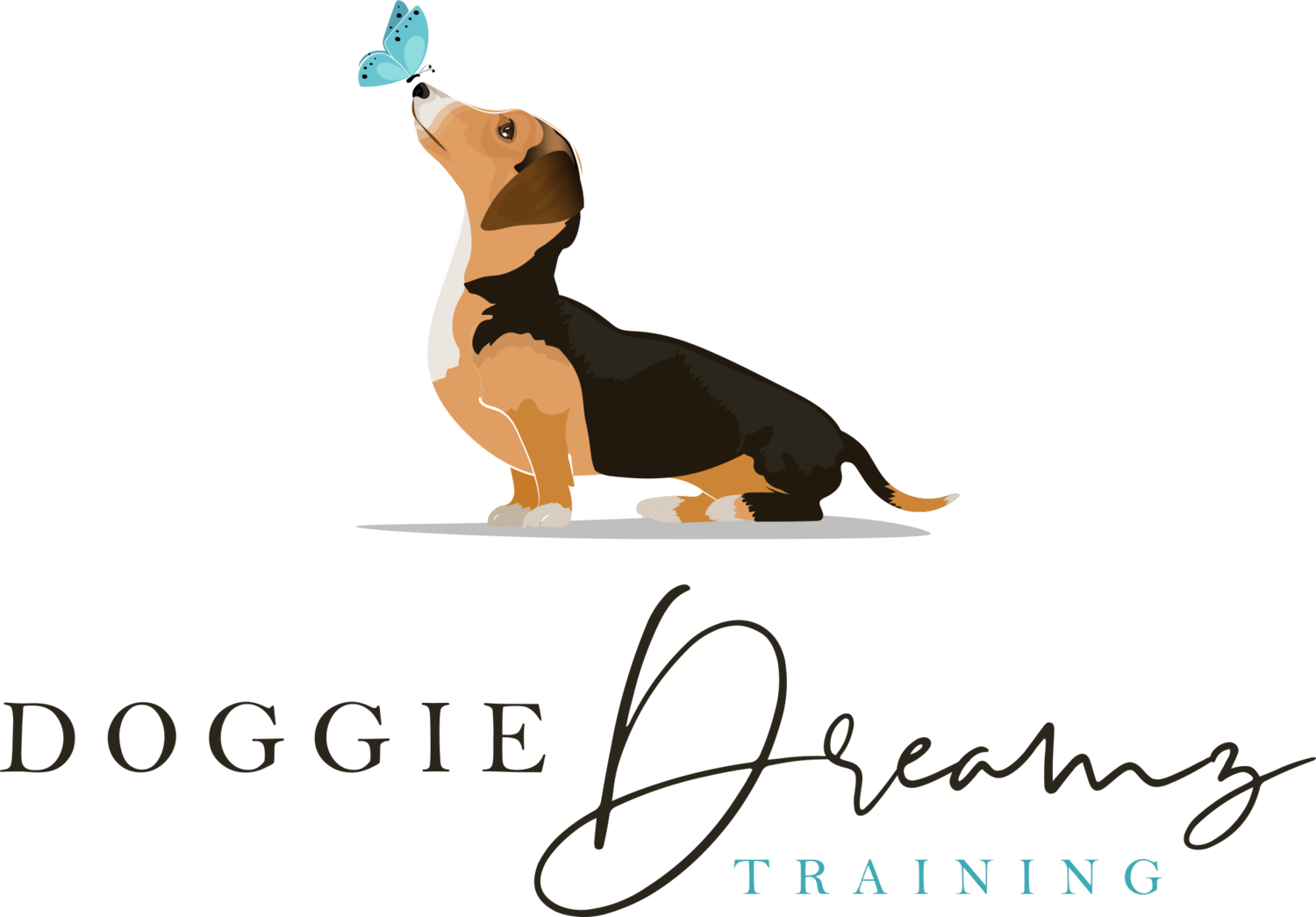3 Keys to Successfully Training your Dog
It can be daunting when you first start to look into dog training. There are countless blog posts, articles, TV shows, and YouTube videos to help assist you. All of which seem to have different philosophies and techniques. How do you know where to begin?
I always tell my clients, if there is one thing you take away from our time together it is to remember the 3 keys of dog training. Consistency, Clarity, and Patience.
Consistency: Being consistent is when you repeat an action or process the same way over time. This consistency builds a pattern for your dog, and dogs are excellent at picking up on patterns. If your dog can count on you every day before their meals to ask them to demonstrate the cues and behaviors they have been taught; those cues and behaviors get easier and more second nature for your dog. Just like any athlete that wants to compete in a sport, the more they practice the mechanics of that sport the easier and more advanced they will become.
Clarity: We can often take for granted that our dogs understand us so well when they don’t have to ability to speak. It's important to remember that your dog is an animal, living in a human world. Animals can’t communicate the way humans do. Animals rely heavily on body language, tone of voice, and training to understand what humans are trying to communicate. It's important to look at what you are asking of your dog and examine if you are communicating with them clearly. Not just your words but your body language and tone of voice as well. If you are asking your dog to walk calmly beside you in a straight line moving forward, but your head and shoulders are turned to one side (usually looking at your dog or trying to maneuver the leash) that can be a confusing situation for your dog. Your body is telling them to focus in one direction while your words are saying another. This is just an example of how we need to be more aware of the clarity not only in our words but also in our tone of voice and body language. This will help us be clearer in communicating with our dog.
Patience: Training your dog is not a straight linear line towards progress. There will be ebbs and flows during your journey in training your dog. Just like humans, dogs have bad days too. It's important to not get discouraged during these days when you feel your dog is not listening. Remember to have realistic goals and expectations for your dog as well as for yourself during the training process.
By doing these 3 things when training your dog, you will be setting them up for success!
